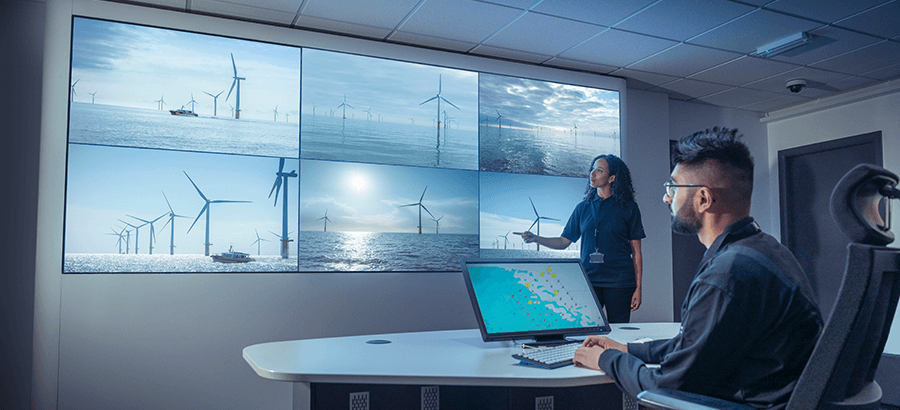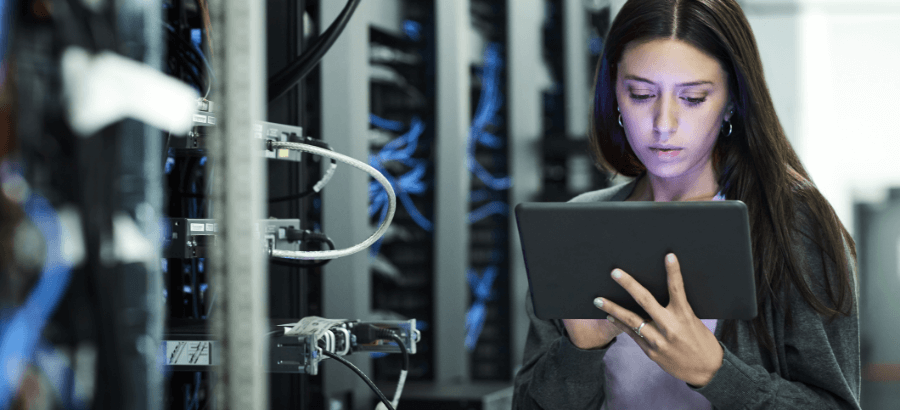The COVID-19 pandemic of 2020 has provided the circumstances that have everyone thinking about business models, modes of operation, workplace practices, processes, and policies. Processes are the key to managing and changing an organization. Recent experience as a volunteer for an NPO made me not only appreciate how processes are key to managing and changing teams, but also how to process re-engineering must become an important part of business life, and how ERP systems must be able to keep up with process change.
My experience with process change
During lockdown in South Africa, I volunteered to help pack food parcels for disadvantaged people in a local township. When we started there were only a few volunteers. Each person collected a packet, opened each food box, picked up each item, and then put the packet in a pile. It wasn’t particularly efficient but it worked. As more people arrived to help, we realized we had to adapt the process. One of the volunteers is a business consultant and we chatted about process re-engineering as we had to change the process, actors, and locations as more people arrived.
It occurred to me that the processes which businesses have followed in the past may no longer be practical as workplace restrictions and physical distancing brought about by the COVID-19 pandemic continues. The restart of business will happen in waves, therefore processes will similarly change and will have to be reviewed and updated as things start moving again.
Business processes
Hammer and Champy’s 1993 book, Reengineering the Corporation, changed the focus of business towards Business Process Reengineering (BPR). Business process management is an established practice and function within organizations. However, I expect hardly any business has got into the habit of frequently reviewing and refining their processes.
As businesses get going again they won’t be able to operate in the same way because physical distancing and other newly instituted policies to inhibit the virus will require new workplace practices and processes. Those policies won’t stay static. As lockdowns get less severe, and health and safety regulations get updated, the practices and processes will need to change, and often.
Real-life continual process innovation
The experience of packing food was for me a real-life case of continual process re-engineering. We started off with each person performing the full cycle of unpacking and picking up each food item. But as more volunteers arrived we formed two teams and multiple stations. One team, the unpackers, were allocated to one food item at their own station where they unpacked then handed out items. The other team (collectors) moved around the stations with a box collecting each food item. In the end, we all got involved clearing up all the packaging waste that was left. Then we got cleverer.
Another seminal book on business processes was Thomas Davenport’s 1992 book, Process Innovation In it, he noted that in order to change you need process innovation, and a key to that is technology.
To make the collectors more efficient we gave them trolleys – technology – so they could move around with more than one box at a time. Then we split the first team (unpackers) into specialist unpackers and those who handed out the items. In that way, we didn’t have to wait while food was unpacked before it could be handed out. When the people unpacking finished, they then moved to clear up the waste packaging so that when the boxes were filled we didn’t have to stay around too long to clear up.
And that wasn’t even the end. Each day we refined the process, team responsibilities, and locations.
We also learned two other things:
- The importance of letting individual team members come up with their own process innovations using their initiative, without having to be told;
- How kaizen, gradual process improvement, can be made part of a culture so that everyone participates.
How business will change with the new normal
It is unrealistic to think that in some future period business will return to where it was. Some things will remain the same but for many people, the new abnormal will be different from their pre-pandemic experience. Accepting the need for change is a first step.
Businesses, particularly manufacturers and distributors, will need to be adaptable as economies start up again. They almost certainly won’t be able to re-institute all the processes that existed before the pandemic began.
The importance of integration of process modeling with ERP
Communication between IT and business is often hindered by the lack of a common view that allows each side to see how their worlds inter-relate. Business sees its operations as a set of processes, whereas IT sees a set of services and systems. What is needed is a tool to present a structured view of the organization which shows the logic of how processes, systems, data, and organizational hierarchies are designed, and which has the ability to change or add on to anything in that structural view.
A Business Process Management (BPM) tool should clearly show how the various elements of the organization interact – processes, people, systems, as well as information flows. The correct tool should be able to bring the disparate business teams together – business owners and managers, business and application specialists, and technology implementers. The BPM tool should also enable processes and activities to be synchronized with the ERP system. This guarantees that processes and the system do not fall out of step, and the integration allows governance and compliance procedures to be implemented.
More significantly, this creates the opportunity for dynamic BPM, where changes can be made to processes and related system entities through a user-oriented, process-driven interface. This reduces reaction times for organizations and gives them the agility needed in the new world of business.
Implement BPR during and after the pandemic
Managers and supervisors can help by setting up some processes and practices but they will have to keep reviewing and possibly changing them to adapt to new circumstances. However, managers and supervisors can’t expect to have every good idea. They must be prepared to receive and implement suggestions from their staff.
As processes change, so will workstations. In the beginning, there may be fewer workstations doing more activities, and then as new ideas come in, so those workstations will increase and specialize.
Don’t expect to get everything right the first time. Learn by practicing often and making mistakes. In some ways, you will be rebuilding the old manufacturing processes from scratch.







